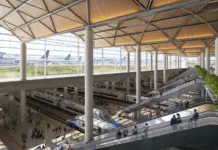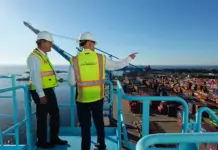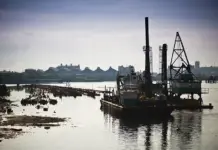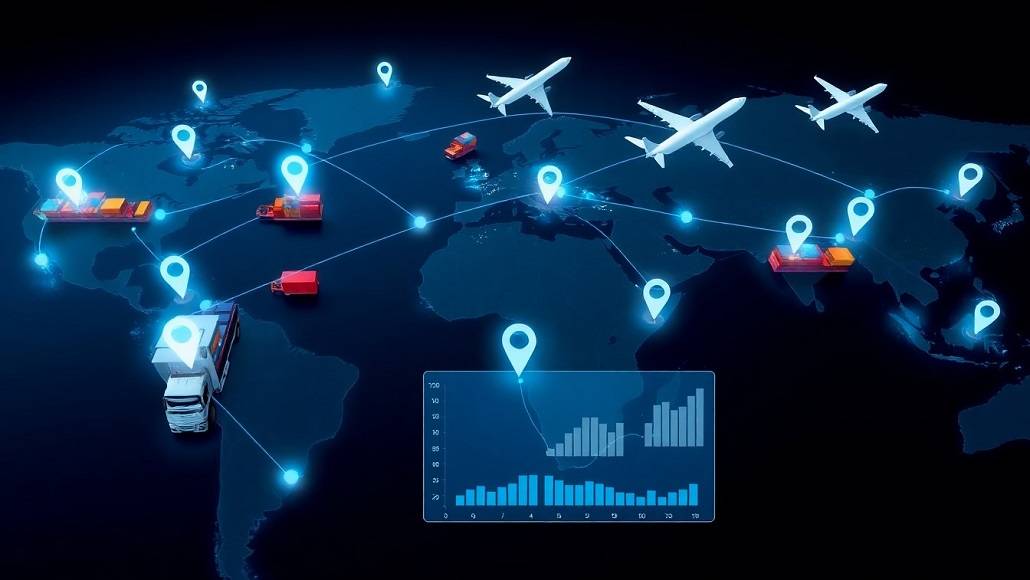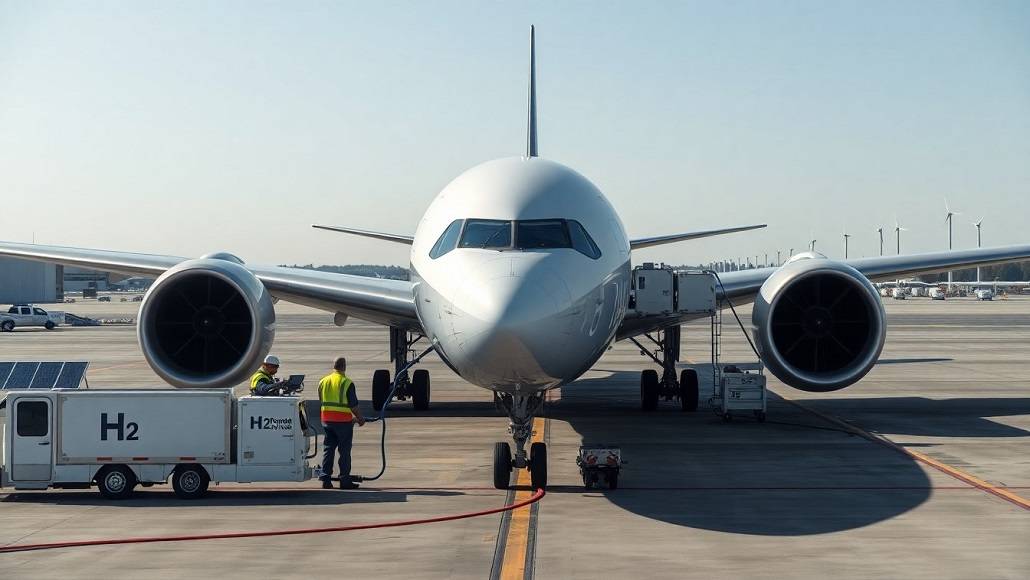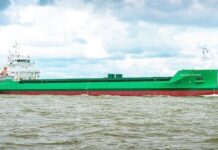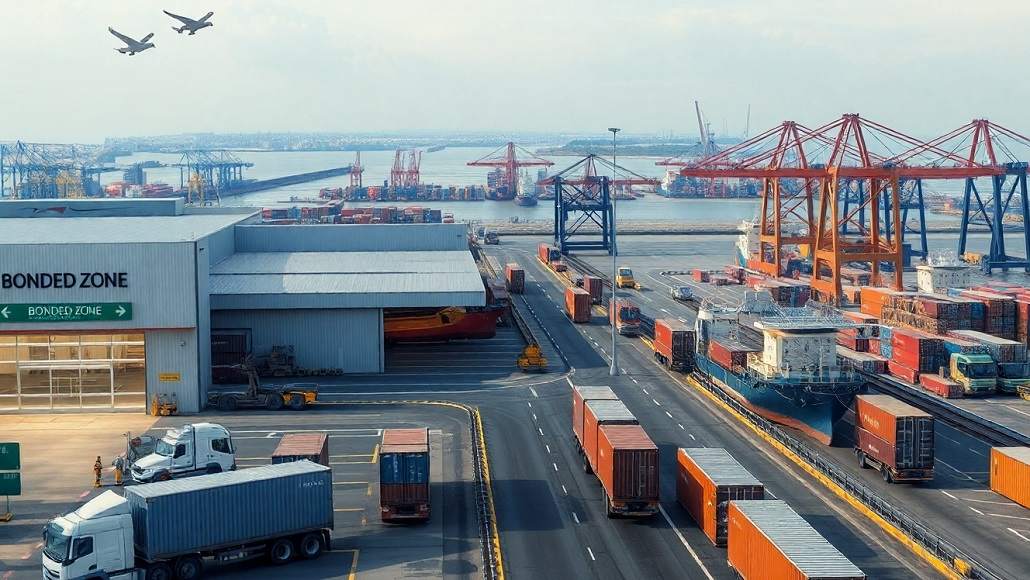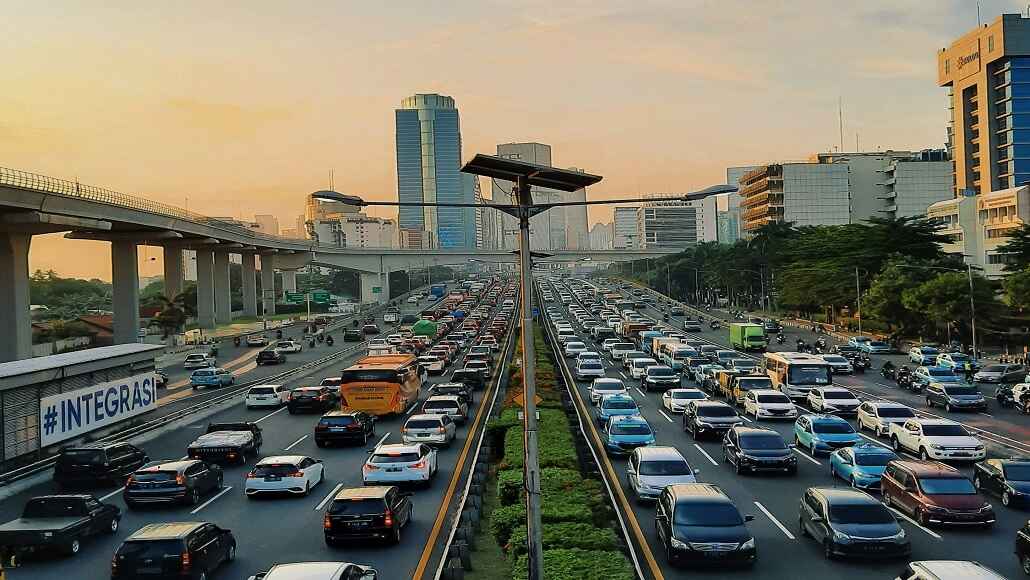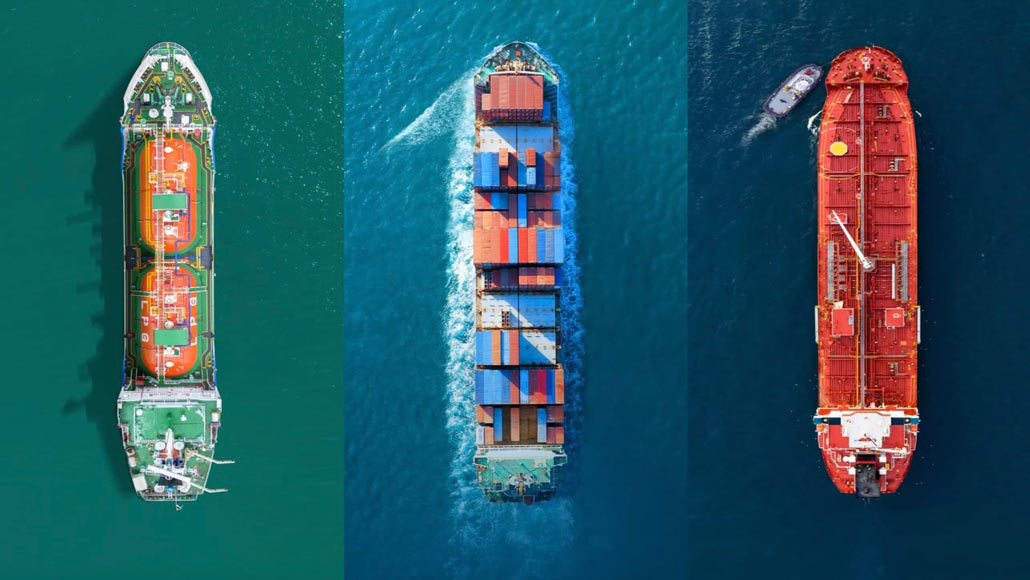The Panama Canal celebrates 111 years of operation, reaffirming its commitment to sustainable development. Its water management approach is focused on public welfare while further asserting Panama’s position as a logistics powerhouse in international trade.
The waterway opened in 1914, with the pioneering transit of the steamship Ancón, connecting the Pacific and Atlantic Oceans for the very first time. From that moment, the canal became both a driver of Panama’s economic and social progress and a vital artery of maritime commerce worldwide.
Over the past 25 years of Panamanian administration, the canal has delivered B/. 28.266 billion in direct payments to the National Treasury. Alongside this, it has invested B/. 15 billion in capital works, operational maintenance, and watershed management.
“In 25 years under Panamanian administration, the canal has doubled its capacity, expanded its locks, and strengthened its security. It has grown from being a strategic passage to a model of efficiency, transparency, and technical commitment. Every dollar generated is reinvested to ensure this artery continues to beat in service to the world while any surplus is contributed towards Panama’s social development,” said Canal Administrator Ricaurte Vásquez Morales.
Environmental Priorities
The canal’s long-term agenda places sustainability at the center. It has committed to reaching carbon neutrality by 2050, in line with International Maritime Organization objectives. Specific actions are already underway, such as setting emission reduction goals and the purchase of 10 tugboats with hybrid propulsion systems.
Isla Barro Colorado and Isla Bastimentos, the first two vessels, were christened. Their hybrid propulsion cuts emissions, boosts energy efficiency, and lessens underwater noise, all good for marine ecosystems. Electric motors also save on operations in the form of lower fuel use and longer maintenance cycles.
Watershed and Río Indio Lake Project
The Panama Canal also performs sustainable watershed management. Programs such as land titling, reforestation, agribusiness projects, and environmental education are provided to thousands of people.
The Río Indio Lake project to increase community well-being and ensure water security for more than two million Panamanians who rely on the Panama Canal’s lakes is underway. These resources are indispensable for sectors such as agriculture, industry, education, commerce, and health. Development has been carried out with safeguards aligned with international best practices, weighing infrastructure against ecological preservation, incorporating sustainable development plans for watershed communities, and respecting the rights of families affected by the project.
Strategic Vision
The canal is advancing four major initiatives: an energy corridor, expansion of port terminals, a logistics corridor, and the reinforcement of the water system. These projects aim to raise long-term value, stimulate innovation, and strengthen Panama’s position as a key hub in global maritime trade.
As the Panama Canal Celebrates 111 years of service, the waterway reiterates its commitment to Panama, its people, and world commerce while being a driver of sustainable development.








